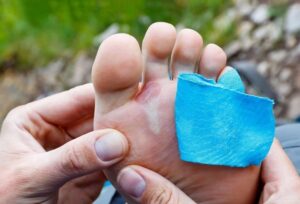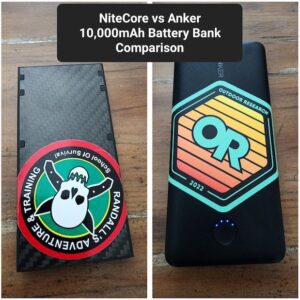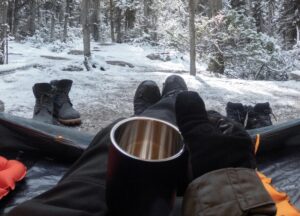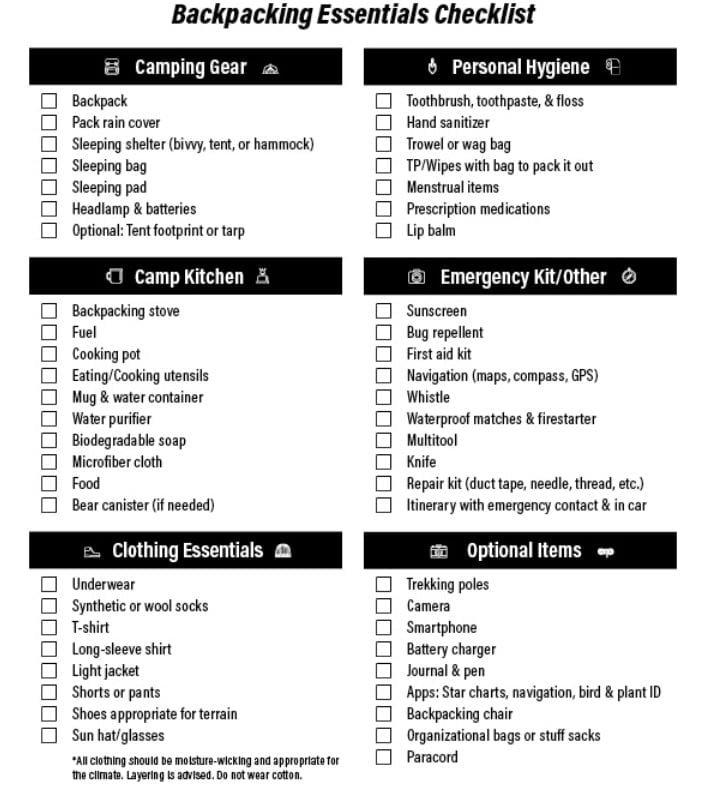
Heading off on a 3-day camping trip? Ensuring you pack the right gear can make all the difference, and honestly, it can be quite a challenge to decide what makes the cut and what doesn’t. This article offers a concrete gear packing list that will relieve the trouble of figuring out what equipment to bring for your big outdoor adventure. It contains essential handpicked items that will enhance your camping experience, making it enjoyable, comfortable, and safe. So get ready, it’s time to shake off that city dust and embrace the great outdoors!
Camping Tent
When going camping, one of the most essential items you will need is a tent. It is your home away from home, offering you protection from the elements and a comfortable place to rest after a long day of hiking, fishing, or just exploring nature.
Choosing the right size
The size of the tent you need will largely depend on how many people are in your camping party. As a rule of thumb, you should add one to the number of campers to determine the best size for your tent. If it’s just you, then a two-person tent should suffice. It provides enough space for you and your backpack, but if you are a group of four, a five-person tent would be the best size. Remember, it always helps to have a little extra space for gear and to move around.
Required features: Rainfly, doors, and windows
A rainfly is a separate waterproof cover designed to fit over the roof of your tent. Its job is to protect you from rain or dew and to trap heat in cold weather. This feature is a must-have as you can’t always predict the weather. As for doors, your tent should ideally have more than one, especially for group camping, as this will prevent you from disturbing others when moving in and out. Ventilation is also crucial in a tent, this is where windows and mesh panels come in, to reduce condensation inside the tent and keep the bugs out while letting the breeze, in.
Set-up and take-down considerations
The simpler the setup process, the better. Look for tents that have fewer poles and a straightforward, color-coded setup. This way, you will spend less time wrestling with tent pegs and more time enjoying your camping trip. Also, consider the take-down and storage process. Tents that are easy to pack and compact easily are ideal, especially for backpacking trips.
Sleeping System
Sleep is crucial when camping. A good night’s sleep can mean the difference between enjoying your adventure and just getting through it.
Sleeping bags: Temperature ratings
First of all, consider the temperature ratings in your sleeping bag. You should choose a sleeping bag with a temperature rate that aligns with the coldest weather you may encounter. If you plan on camping in a mild climate, a bag rated +35 degrees Fahrenheit or higher will be comfortable. But for colder conditions, go for a bag rated -10 degrees or lower.
Sleeping pads: Types and insulation
Your comfort while sleeping will greatly benefit from sleeping pads, they offer a cushioning barrier against the hard, often uneven ground. They come in different types: air pads, self-inflating pads, and closed-cell foam pads. Most importantly, a pad’s R-value indicates its insulation power. The higher the R-value, the more insulated it is.
Pillows: Inflatable vs. compressible
Pillows, like your bed at home, add a touch of comfort. Inflatable pillows are ideal for backpacking, being lightweight and small. On the other hand, compressible pillows are a bit larger and heavier but more comfortable.
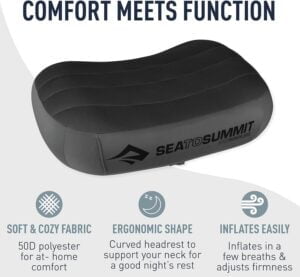
Backpacks
While selecting a backpack, consider how long you will be on your trip and the volume of gear you’ll need to carry.
Capacity for a 3-day trip
For a 3-day trip, look for a backpack with a capacity of around 35 to 50 liters. This should give you enough room to carry all your essentials including food, water, clothing, shelter, and a sleeping system.
Fit and comfort
The right fit is critical for ensuring comfort on the trail. Try on different models, adjust the straps, load them with weights and walk around if possible. It should feel balanced and not put too much strain on any particular part of your body. Look for padded shoulder straps, a comfortable hip belt, and an adjustable harness.
Special features: ventilation, pockets, hydration compatibility
Other details to consider are ventilation (a suspended mesh back panel can prevent your back from becoming too sweaty), pockets (the more, the merrier for organizing your gear), and hydration compatibility (a pouch to hold a hydration bladder and an accompanying hole for the sip tube are very useful for long hikes).
Cooking Gear
Of course, you will need to eat during your camping trip, and having the right cooking gear will make preparing your meals much easier.
Portable stoves
Select a lightweight, compact, and easy-to-use stove. In terms of fuel, canister stoves are the most convenient, but liquid fuel stoves work better in colder temperatures.
Cooking utensils
Keep your cookware light, compact, and easy to clean. For a basic setup, you just need a pot to boil water and a pan to cook food. Look for a kit that nests together to save space.
Environment-friendly Cooking Fuel
In the backcountry, we leave no trace, meaning, you carry out everything you bring in. Using clean-burning fuel like white gas, canister gas, or alcohol can decrease your environmental impact.
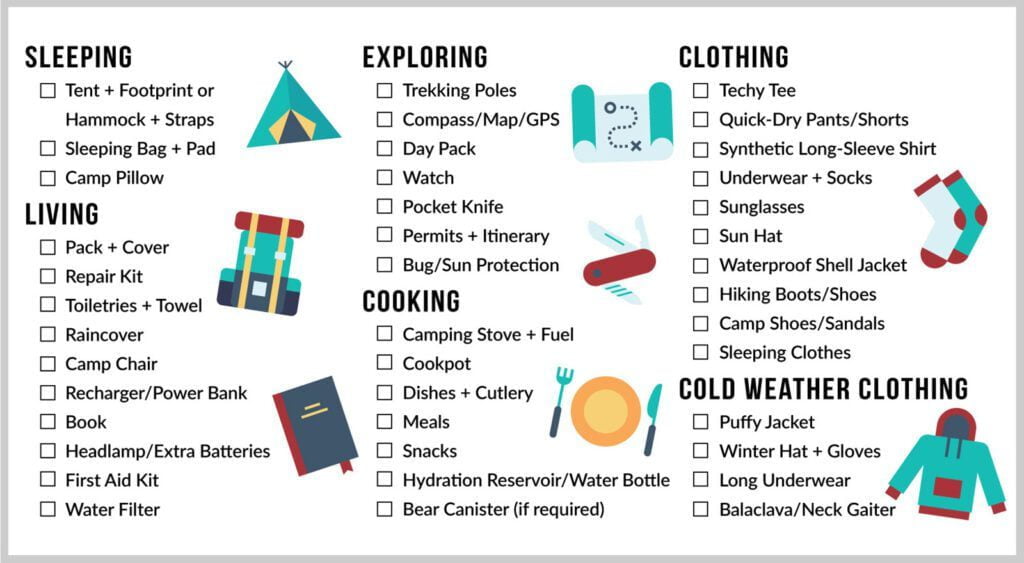
Hydration
Staying hydrated is crucial when out hiking and camping.
Water bottles vs. hydration reservoirs
Consider using water bottles for their sturdiness and ease of use. Alternatively, hydration reservoirs are great for hands-free sipping while you hike, and they usually have a larger capacity than bottles.
Water purification methods
Depending on your water source, you may need to treat it to remove harmful bacteria or parasites. Using methods such as boiling, chemical treatment, or UV light can ensure you have safe, drinkable water.
Estimating water needs
A good general guideline is to drink about a half-liter of water per hour of moderate activity in moderate temperatures. However, this amount can increase if the weather is hot or your activity level is high.
Food and Snacks
Good food will not only fuel your adventure, it can also uplift your outdoor experience.
Pre-packed meals
Pre-packed meals are lightweight, easy to cook, and surprisingly tasty. All you need to do is add hot water.
Trail snacks
Don’t forget to bring high-energy, easy-to-eat snacks that you can munch on during the trail. Think granola bars, jerky, dried fruits, or nuts.
Tips for storing and packing food
Remember to pack your food in a bear-resistant container or hang it from a tree in a waterproof bag to protect it from wildlife. Pack your meals by day and meal type for easier access.
Clothing and Footwear
Clothing and footwear to wear are crucial decisions that can influence your comfort and safety when hiking and camping.
Layering for different weather
Remember to layer your clothing. You will need a moisture-wicking base layer, an insulating middle layer, and a waterproof outer layer that will keep you protected and comfortable from various weather elements.
Footwear: Hiking boots vs. shoes
Based on the terrain, decide between boots and shoes. Hiking boots provide better support and durability in rocky, uneven terrains. Shoes are generally lighter and more suitable for easier trails.
Socks: Material and weight
Choose socks made from wool or synthetic materials that wick moisture and dry quickly. The weight of your socks will depend on the weather and your footwear. Go for heavier ones in cold weather.
First Aid Kit
You should always have a basic or solo first aid kit with you when you go camping.
Essential items to include
Your first aid kit should include bandages of various sizes, adhesive tape, sterile gauze, antiseptic wipes, tweezers, safety pins, a multi-use tool, and pain relief medications.
How to use basic first aid supplies
Know how to use the items in your kit. There are many resources available where you can learn basic first aid skills.
Considerations for specific conditions or allergies
Remember to pack personal medications and any specific items you might need for known conditions or allergies. For example, if you’re allergic to bee stings, make sure to bring an EpiPen.
Navigation Tools
Even if you’re on a marked trail, having the skills and tools to navigate is a must.
Map and compass basics
A topographic map and a compass are the most reliable navigation tools. Know the basics of their use and how to navigate with them in case you lose your way.
GPS devices
GPS devices can also be useful as they can track your movements, show you your location, and give directions. However, always have a traditional map and compass as a backup.
Backup options and safety considerations
Always inform someone of your plans and estimated return time before leaving. Carrying a whistle and a mirror can be useful for signaling for help.
Miscellaneous Essential Gear
There are a few other items that don’t fit into the above categories but are essential for a successful camping trip.
Multitool
A multitool is incredibly handy. Look for one that has at least a knife, a pair of scissors, and some tweezers.
Headlamp and extra batteries
A headlamp (not a flashlight) is a must. It provides hands-free illumination, whether you’re cooking in the dark or finding your way to the camp bathroom. Always carry extra batteries.
Gear repair kit
A gear repair kit might include duct tape, a sewing needle and thread, patches for your sleeping pad or tent, and other equipment-specific spare parts. Although we don’t like to think about things going wrong, having the tools to fix minor issues can save your trip.
